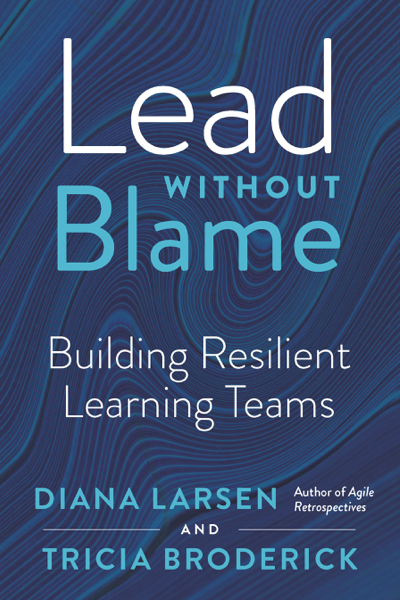For a little while now, Liberating Structures has been the talk of the town in Agile. For in depth information from Keith McCandless and Henri Lipmanowics, go to their website.
Liberating Structures are easy-to-learn microstructures that enhance relational coordination and trust. They quickly foster lively participation in groups of any size, making it possible to truly include and unleash everyone. Liberating Structures are a disruptive innovation that can replace more controlling or constraining approaches.
Personally, many of the 35 listed on their website are variations to exercises I’ve already knew. However, learning about the history – I’m wondering if I was learning their material before I realized it was their material. The melting pot of learning in the Agile community.
I’m not going to spend the time explaining each one here – go to the source! That said, I want to do a series where I highlight the benefits I’ve seen from using that structure and how I could virtually accomplish it as well.
Let’s start with 1-2-4-All (engages everyone simultaneously in generation questions, ideas and/or suggestions):
The best moment that I saw this work incredibly was at Agile2019. There are sessions at this conference that are basically “ask the speaker anything – open discussions”. Each speaker selects a facilitator. I chose Chris Li. One of the things I told him that sometimes can occur in these sessions is: people don’t always understand the format, that some people go to deep with their background to get to the question, that some questions don’t apply to most people in the room – all of this can lead to a low energy session. Chris had a plan. He decided to leverage 1-2-4-All to kick things off. He explained the session type and then had everyone write down their question. He then had them partner with someone – could the question be combined? was there a better question? did this stir a new question? Then they got into groups of 4 and similar questions posed to everyone. Then he opened it up for who had a question to ask. The energy and engagement stayed high the whole time. This approach allowed people to vent a little during the 1-2-4 so that during the all – we focused on the questions. People felt a part of the questions – even when it wasn’t their exact question because of the discussions. Questions were less company specific (which are often challenging to answer with limited information) to root issues that are common across companies/people.
Obviously, I would not want to lose this engagement and collaboration virtually. This one is fairly easy to do depending on the video conferencing tool you are using. I’m going to speak to the tool I’m primarily using: Zoom. Now I have a business account for zoom, which gives me breakout rooms (I think you can get it with Pro too).
-
- The facilitator asks each person to silently note their (question, idea, etc).
- The facilitator selects to start breakout rooms (bottom of the screen option).
- The facilitator can determine the count per breakout room. As well as, having it manually put certain people in a room or auto random assign. In this case, I would chose 2 per breakout auto.
- Start breakout rooms for the desired length of time (note: when you end the rooms – they have an additional 60 seconds before forced return to the main zoom room)
- The facilitator thanks everyone for that round and says now we will group in 4s. Facilitator choose 4 per breakout auto.
- Start breakout rooms for the desired length of time
- Once everyone is back in the main room – the ALL can take place. Each group of 4 could share out their top one, etc. You could have everyone list in chat. You could go round-robin. You could shout out. Your choice.
Super easy. The biggest downsides: this takes a little longer in virtual environments – so plan accordingly. Also, this doesn’t incorporate movement, which happens normally in the pairing/grouping. Remember you will need to break often in virtual settings – as easily and seamlessly incorporating movement is challenging.
What could you gain from 1-2-4-All?




